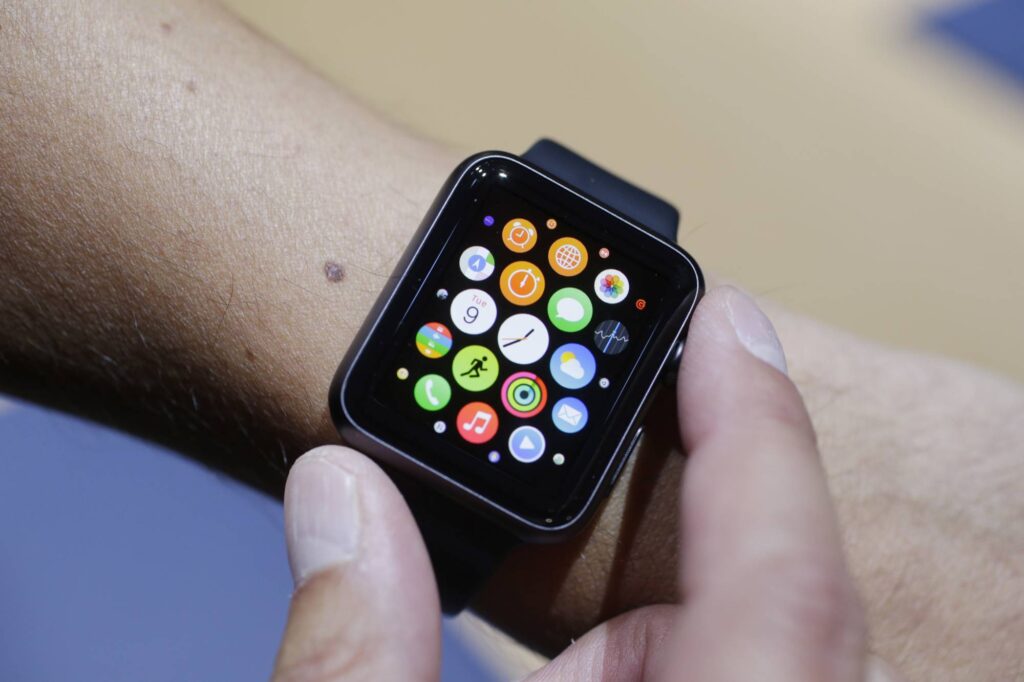With an aging veteran population, the VA is providing more tools to help older veterans live independently in their own homes.
The VA is looking at how smart home technology and wearable devices such as smartwatches can alert elderly or disabled veterans when they experience a medical emergency.
VA Deputy Chief Medical and Technology Officer Joseph Ronzio said the department is also taking steps to ensure veterans know who has access to this data and how it will be used.
“Everybody has some kind of smart device in their home these days — physical devices like speakers, light switches, different types of lights, or cameras or motion sensors that send out digital services,” Ronzio said during a panel moderated by Federal News Network at ATARC's DevSecOps Summit.
“Most of the time, that digital footprint is stored on cloud services and cloud systems that we don't have access to, so we can't see what's going on,” he added. “We've been able to implement some technologies that can actually uncover that, and we can begin to assess what's healthiest and detect where the problems are.”
This use case is close to home for VA technology leaders: VA Chief Medical Technology Officer Craig Luigart is a disabled military veteran.
Ronzio said Luigert's Apple Watch has saved his life “multiple times already” by alerting family members in the event of a medical emergency, and that the same technology could help veterans continue to live in their own homes.
“When you look at the growing number of veterans aging out at home and the need for long-term care beds and assisted living facilities or nursing homes, there's certainly a need to refine and develop this,” Ronzio said.
The VA pays for disability modifications to veterans' housing to provide accessible amenities for veterans.
“We provide those sensors and the technology, and now it's just a matter of taking it a step further and starting to build better algorithms to detect and share that data with caregivers — be it a spouse, child, loved one or family friend,” Ronzio said.
As the VA continues to develop the project, Ronzio said veterans will decide with whom they want to share their data and alerts, allowing those people to help the veteran.
“Everybody always talks about sending data to the VA, but we're not paramedics, we're not 911,” he said. “We have to interact with families, and giving families access to this data helps them understand if their patient is at risk for dehydration.” [or] “Older adults who are at risk of falling and have mobility issues should have access to advanced rehabilitation so they can live happier, healthier lives at home rather than in a nursing home or hospice.”
Ronzio said veterans will always have a say in how their personal data is used.
“It's crucial that we have these data controls in place. I don't want someone to have access to my home data, my sleep data, all of my belongings,” he said.
“When I talked about smart homes, my goal was always to keep the data close to the person's home. I don't even want people to share 100% of their data with medical staff. If there's an issue, we provide analytics that allow the device to analyze the data. And then if you run into an issue or have a concern, you can choose to share it only with your loved ones,” he explained.
Meanwhile, the VA is establishing a Digital Health Office.
“This restructuring will bring a lot of virtual, a lot of AI, a lot of technologies that would normally be the responsibility of different places, all together in one area,” Ronzio said.
He added that the creation of the digital health office will affect the reporting structure of hundreds of employees within the VA central office.
“This is a big change for the organization. We are transitioning various parts of the VA under the direction of a digital health official. Currently, all of the senior leadership positions have acting or temporary staff in these positions, but we are yet to figure out what this actually means for our employees,” Ronzio said.
The VA's Office of Information Technology will remain an independent entity, but the Digital Health Office will allow for greater collaboration with OIT, Ronzio said.
“We hope to improve the speed and efficiency of the OIT process so we can roll out a secure system. I think we could save time just with internal communications, but if we could develop a better relationship with OIT, the results could be dramatic,” he said.
“Some of the projects I've worked on in the past have taken two to three years to deliver. Now that we have access to people across the organization and the ability to communicate at the secretary level and above on digital health, it will really speed up our iteration and improve our ability to deliver results,” he added.
Copyright © 2024 Federal News Network. All Rights Reserved. This website is not intended for users within the European Economic Area.

